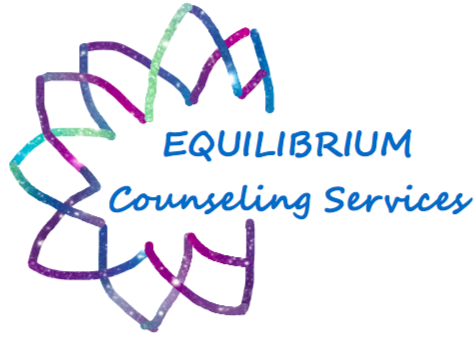Navigating the Mid-Semester Slump: Strategies to Prevent and Treat Burnout for Students
Do you find yourself exhausted both emotionally and physically?
Is it harder to feel motivated to get work done?
Do you feel easily annoyed and/or down in the dumps?
These are some signs that you are experiencing burn out.
As the excitement of the new year wanes and the middle of the semester approaches, many high school and college students find themselves caught in the grip of burnout. The stress of assignments, exams, and extracurricular activities can take a toll on mental and physical well-being. Here are some strategies to help students prevent and treat burnout as they navigate the challenging mid-semester slump before the much-needed spring break.
Effective Time Management:
One of the main causes of student burnout is lack of effective time management. As the workload intensifies over the course of the semester, it can be challenging to balance academic work with other obligations. Creating a realistic schedule, breaking down tasks into smaller, manageable chunks, and using tools like planners or digital calendars can help students stay organized and reduce the overwhelming feeling of being buried in assignments.
However, for neurodiverse individuals the regular advice of “use a planner” is often not helpful or responsive to a variety of needs. Difference in Time Perception is a common symptom for ADHDers meaning they have difficulty estimating, perceiving or managing time. If you guess a task will take 2 hours and then it takes 3, you can imagine how that will alter your entire schedule.
Instead, experts recommend working with your own unique attention span and creating small, measurable goals. For example, if you know you can focus on the same task for 30 minutes, create a schedule of 30 minute “focus chunks.” Be sure to schedule breaks and honor your own energy levels. Consider what times of the day you’re most productive and in which locations. Schedule work time acknowledging how other activities (class, meetings, work) will impact your energy level that day.
Regular Breaks and Self-Care:
It's easy for students to get caught in a cycle of constant work, sacrificing breaks and self-care in the process. However, regular breaks are crucial for maintaining focus and preventing burnout. Encourage short breaks during study sessions, incorporating activities like stretching, deep breathing exercises, or a quick walk to rejuvenate the mind.
For ADHDers who are used to engaging in hyperfocus - a state of complete absorption in a task, it can be challenging, even painful, to end concentration even to take a break or rest. This complete absorption can also further affect time management - folks often spending more time than is “needed” on a certain task. But, when you’re feeling burnt out, it may be challenging to start a task at all, let alone hyperfocus.
One popular solution for harnessing focus is to gamify your tasks. In general, gamification can be helpful for the ADHD brain that thrives on stimulation and immediate rewards. You can turn everyday tasks or assignments into mini-games by adding rewards, challenges and progress tracking.
You could use the Pomodoro Technique - 20-25 minute work intervals followed by 5 minute breaks. You can gamify this by challenging yourself to complete one specific task within that 25-min interval like a race against the clock. It can be helpful to stand up, stretch, or move your body during the breaks.
Mindfulness and Stress-Reduction Techniques:
Some of your breaks can incorporate mindfulness and stress-reduction techniques which can help you manage stress, improve concentration, and promote a sense of calm. We traditionally think of mindfulness techniques as meditation, yoga or deep breathing but it comes in many forms.
For ADHDers or for anyone who has trouble “quieting” their mind, you could try the STOP technique. First, you’ll choose a visual cue you encounter often - maybe the STOP sign on your street or a specific tree outside of your school. Each time you come across this visual cue, you will take a moment to take a long, slow deep breath and notice the present moment. You’ll ask yourself “What’s here? What’s happening at this moment?” Then, you’ll move forward with the next part of your day.
Coloring and doodling are also easy ways to slow down and be mindful for a busy brain. At our center, we host monthly Mindfulness Paint Nights for this specific reason - to harness the natural mindfulness that occurs with guided creative tasks.
There are also guided meditation apps like Calm and Headspace. In addition to short guided meditations, Headspace also has sleep music, sleepcasts, sleep meditations and focus music on their YouTube channel.
Seeking Professional Support:
When burnout becomes overwhelming, seeking professional support is a proactive step towards recovery. At our center, we specialize in working with teens and young adults and our therapists understand the challenges that come with academic pressure and burnout. They’re excited and well equipped to help you manage the demands and your own emotional needs.
If you resonate with the executive functioning challenges of time management, hyperfocus and attention regulation, we also have an Executive Function Coach on staff who would love to support you further.
Learn more about our intake process here.
Submit an inquiry here.


